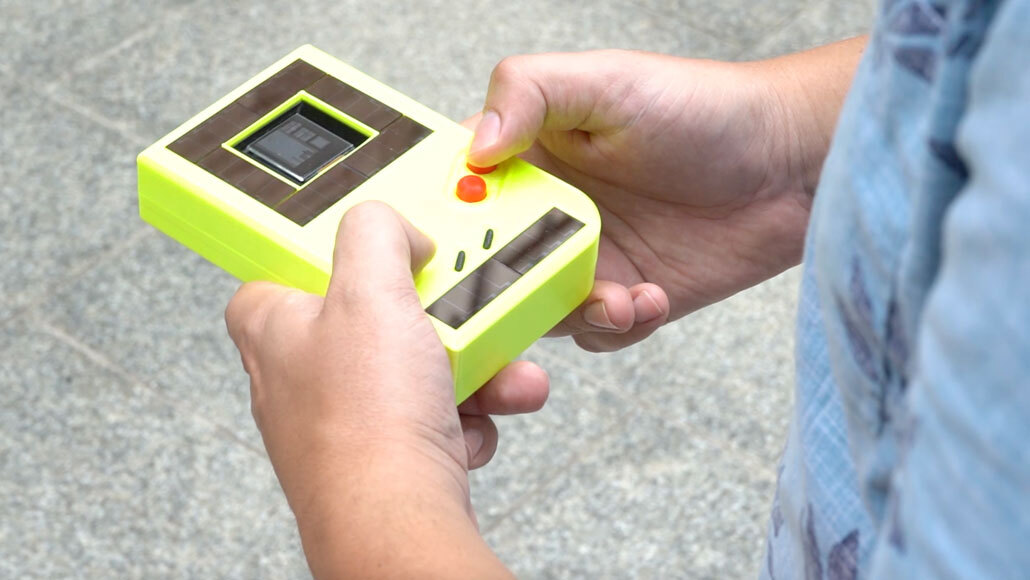
Researchers have created a Game Boy look-alike that runs on solar energy and button presses. Such devices could pave the way for more sustainable gaming.
Northwestern University

Researchers have created a Game Boy look-alike that runs on solar energy and button presses. Such devices could pave the way for more sustainable gaming.
Northwestern University